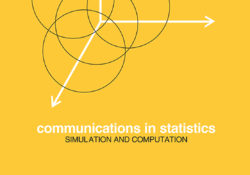Eric.ed.gov – Anxiety about Mathematics among University Students: A Multidimensional Study in the 21st Century
eric.ed.gov har udgivet: The aim of this research was to examine university students’ anxiety about mathematics, teaching mathematics in the 21st century and the views on mathematics teachers. A total of 100 students studying in 10 different departments of the Faculty of Economics and Administrative Sciences of a private university in the 2018-2019 academic years participated in this study. The data were collected by demographic questions, semi-structured open-ended questions consisting as well as questions about mathematics teaching in the 21st century prepared by the researchers and through the ‘Mathematics Anxiety Scale’. According to the results, there were significant differences in terms of the mathematics anxiety level of students who graduated from high school those have low average maths grades. Meanwhile, an average level of anxiety was observed data collected from… Continue Reading
